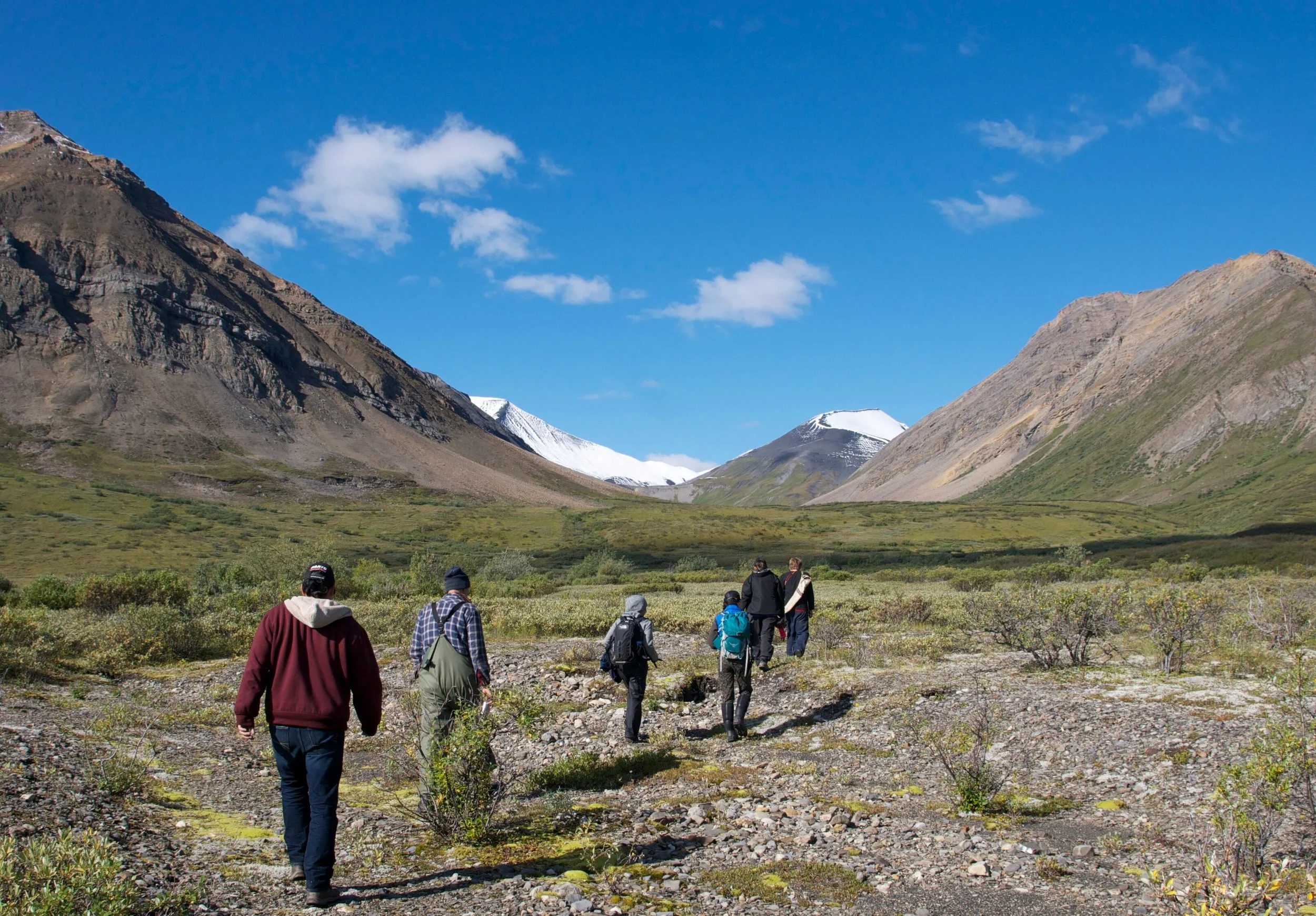These are real solutions to averting the worst possible future outlined in the Audubon study for birds and, by extension, for us humans: we breathe the same air, drink the same water, and endure the same temperatures as the birds.
Read MoreThe region where billions of North America’s birds are born remains largely healthy and intact. Every year, 3 to 5 billion birds emerge from Canada’s Boreal Forest. We still have a chance to protect these nesting grounds on a grand scale and give species the best chance of surviving into the future.
Read MoreIt is exciting to see that in Canada’s Boreal Forest region, Indigenous governments are already working hard to do their part to conserve the land and its carbon stores—a vital part of slowing the impacts of climate change as described by the authors of this new IPCC report.
Read MoreThe effort to conserve the world’s largest intact forest gained new ground this year. Progress stretching from the Northwest Territories to Ottawa helped ensure Canada’s Boreal Forest will continue to sustain animals and plants, clean waters and communities for years to come.
Read MoreIndigenous governments across the country are working to create protected areas that will sustain animals, plants, waters and lands for future generations. Our nations have enduring relationships with these places and caring for them helps us honour our cultural responsibility to the land.
Read MoreIndigenous governments are caring for the land across the country. Many have embraced land use planning as a tool for determining what lands they want to protect and where they will allow development.
Read MoreAs Canada embarks on one of the biggest conservation initiatives in its history, Indigenous efforts to protect the land are taking on even greater significance.
Read MoreWhether we live in dense city neighborhoods or deep in the woods, we all depend upon vibrant natural landscapes to keep the air clean, the water safe and the climate stable.
Read More







